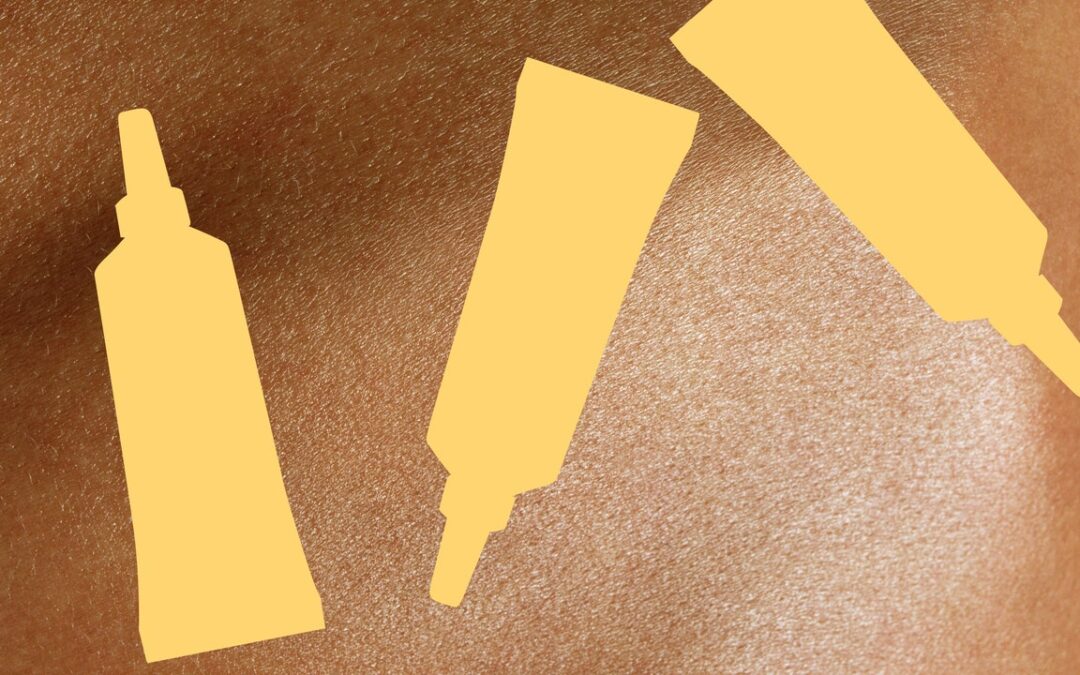I started thinking back: Have I ever gotten contact dermatitis from Neosporin? And it didn’t take long for me to remember that, yes, my skin has totally gotten red and itchy after applying it to a cut — not every time (and not to a dire extent) but not zero times. I assumed it was just something I’d have to tolerate in order to reap the benefits of Neosporin: helping to prevent infection and heal up to four days faster than using a bandage alone, according to the brand.
But wait! That might not be true. “There are recent studies showing that, aside from the contact dermatitis, eliminating all the bacteria from a site may potentially slow healing,” Dr. Bhanusali says. In general, when it comes to treating minor wounds he says less is more — there’s “no need to prophylactically apply a topical antibiotic” the second you scrape yourself. (Neosporin could not be reached for comment for this story.)
So what’s an accident-prone, flesh-covered sentient being to do? Well, let’s just say the slugging trend can be applied — literally — to cuts, too.
“Petrolatum keeps the wound from drying out and, as it happens, is the lead ingredient in most antibiotic ointments — the one doing most of the heavy lifting,” says Dr. Hirsch. And petrolatum isn’t just the first inactive ingredient listed on the label of Neosporin Original Ointment; it’s the active and only ingredient in regular ol’ Vaseline, which is exactly what Dr. Hirsch and Dr. Bhanusali recommend applying to new wounds.
Board-certified dermatologist and associate professor at the University of Minnesota Medical School, Sheilagh Maguiness, MD, hasn’t posted a video about Neosporin (yet) but she’s in agreement with Dr. Hirsch and Dr. Bhanusali, saying that most dermatologists steer patients away from using it because of the possibility of contact dermatitis. “If contact dermatitis develops within a wound, it may mimic infection, slow the wound healing process, lead to itching and discomfort, and overall just complicate the situation considerably,” she says. And regardless of how you choose to treat your minor cuts, if you end up with signs of infection, that means it’s time to take it to the next level. “If you see redness, swelling, crusting or purulent exudate [aka pus] you should contact your doctor,” she says, adding that they may prescribe an oral or topical antibiotic — just probably not Neosporin.

